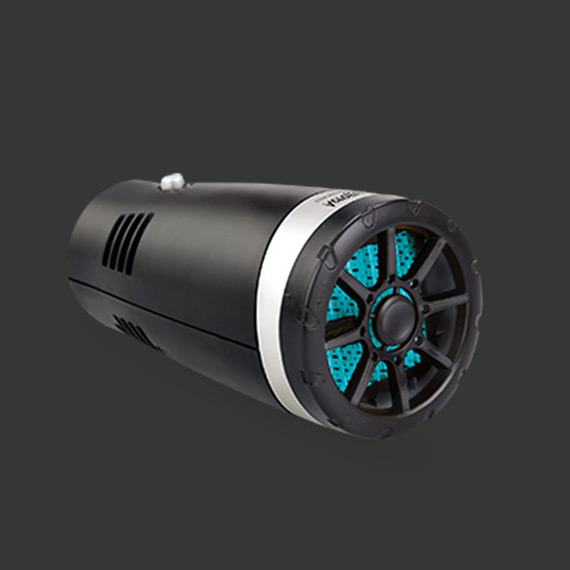Issues with Damaged Gear Shift Linkage Cable Affecting Vehicle Performance
Understanding Broken Gear Shift Linkage Cable Causes, Symptoms, and Solutions
The gear shift linkage cable is a critical component in any vehicle's transmission system, connecting the gear shifter to the transmission itself. When this cable becomes damaged or broken, it can lead to various operational issues, rendering the vehicle difficult or impossible to shift gears. Understanding the causes, symptoms, and solutions for a broken gear shift linkage cable can help drivers maintain their vehicles and avoid potential mishaps.
Causes of Cable Damage
Several factors can contribute to the failure of a gear shift linkage cable. One of the primary causes is wear and tear over time. Continuous use of the vehicle puts stress on the cable, leading to fraying or breaking at vulnerable points. Environmental factors such as extreme heat or cold can also affect the cable's integrity. For instance, exposure to moisture can lead to rust and corrosion if the protective casing is compromised. Similarly, road debris and other external elements can strike the cable, causing damage.
Improper installation is another potential cause of cable failure. If the linkage cable is not secured correctly, it may become misaligned or overly tense, increasing the likelihood of a break. In some cases, using subpar replacement components can also lead to premature failure.
Symptoms of a Broken Cable
Recognizing the symptoms of a broken gear shift linkage cable can save time and prevent further damage to your vehicle. One of the most common signs is difficulty in shifting gears. If the gear shifter feels stuck or moves without engaging the intended gear, it may indicate a problem with the linkage cable. Drivers might also notice unusual noises, such as clunking or grinding sounds while attempting to shift.
broken gear shift linkage cable

Other symptoms include the dashboard warning lights illuminating, particularly if the vehicle has a modern electronic transmission. Additionally, if you find that the gear shifter is loose or wobbly, it could suggest that the linkage cable has either become detached or is on the verge of breaking.
Solutions and Recommendations
If you suspect that your gear shift linkage cable is broken, it’s crucial to address the issue promptly. Continuing to drive a vehicle with a malfunctioning gear shift can lead to more severe damage within the transmission system, potentially resulting in costly repairs.
The first step is to perform a visual inspection of the linkage cable. Look for signs of fraying, rust, or disconnection. If you are unsure, it may be wise to consult a professional mechanic. They can provide a thorough diagnosis and recommend whether a repair or replacement is necessary.
Replacing a broken gear shift linkage cable typically involves removing the old cable and installing a new one, which may require specialized tools and expertise. If you decide to undertake the repair yourself, ensure you have the correct tools and replacement parts, and follow all safety guidelines.
In summary, a broken gear shift linkage cable can disrupt the normal operation of a vehicle, but with proper knowledge, detection of symptoms, and timely intervention, drivers can effectively manage this common issue. Regular maintenance and inspections are also essential to prolong the life of your vehicle’s components and ensure a smooth driving experience.
-
Upgrade Your Vehicle with High-Quality Handbrake CablesNewsNov.01,2024
-
Optimize Your Bike's Performance with Quality CablesNewsNov.01,2024
-
Enhance Your Vehicle's Performance with Quality Clutch ComponentsNewsNov.01,2024
-
Elevate Your Vehicle's Performance with Quality Throttle CablesNewsNov.01,2024
-
Elevate Your Vehicle's Performance with Quality CablesNewsNov.01,2024
-
Affordable Solutions for Your Cable NeedsNewsNov.01,2024
